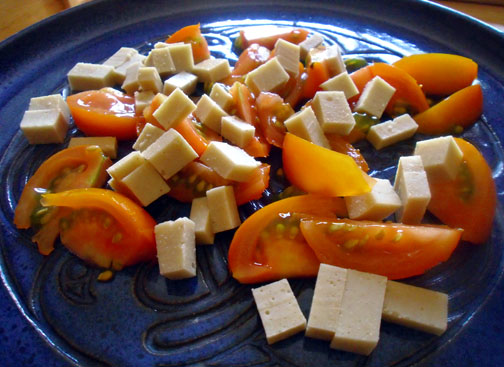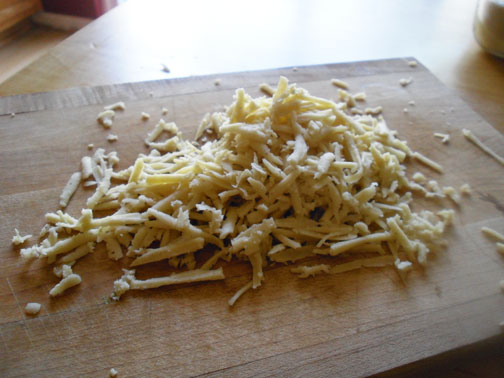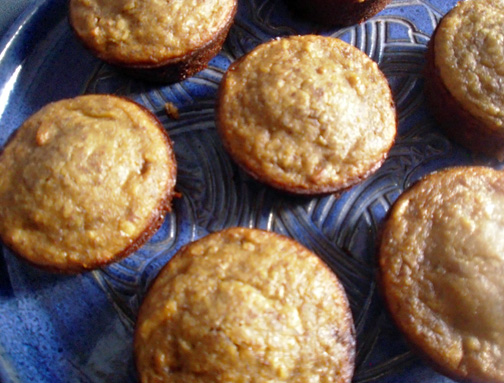 I feel like I am somewhat on a quest; a quest to find food that anyone can eat, no matter what their food restrictions may include. This is now my second attempt at a recipe for SLICE-ABLE and GRATE-ABLE, dairy-free, casein-free and soy-free cheese. Unfortuanately it doesn’t cover people with nut or cashew allergies, but hopefully many people can use and enjoy this recipe.
I feel like I am somewhat on a quest; a quest to find food that anyone can eat, no matter what their food restrictions may include. This is now my second attempt at a recipe for SLICE-ABLE and GRATE-ABLE, dairy-free, casein-free and soy-free cheese. Unfortuanately it doesn’t cover people with nut or cashew allergies, but hopefully many people can use and enjoy this recipe.
I actually like it better than my first attempt at slice-able, casein-free cheese. The first one was a bit flimsy, though it did slice. And the only way to get it to grate was to freeze it, which was time-consuming and a bit cold on the fingers!
I found this new recipe in The Real Food Daily Cookbook by Ann Gentry under “Cashew Cheddar Cheese.” I made some adjustments – such as replacing the soy milk with almond milk and canola oil with olive oil. I also halved the recipe completely because it called for 2 ounces of agar agar. At around $7 or so an ounce of this seaweed, I decided to just half the recipe to see if I even liked it before spending so much on the agar agar!
Because this recipe uses agar agar, it is suitable for vegetarians and vegans. The previous recipe called for gelatin, which I’m not too fond of either.
The other great thing about this new recipe is that the cheese can be grated without freezing it! See below:

And yes, it can be melted after it hardens, or you can use it as a melted cheese when you first make it.
As for the flavor, I thought it had a nice flavor, however I may use a tad more garlic and onion powder next time and maybe a bit more nutritional yeast.
